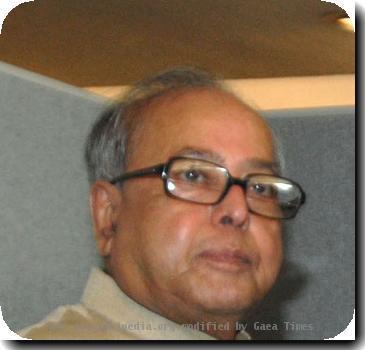India’s central bank hikes key interest rates as it tries to stem inflation
By Muneeza Naqvi, APTuesday, April 20, 2010
India’s central bank hikes key interest rates
NEW DELHI — India’s central bank Tuesday hiked key interest rates a quarter of a percentage point as it tries to contain inflation without undermining an economic recovery.
It also raised the cash reserve requirement for lenders to 6 percent from 5.75 percent. The new rate will be effective from Saturday, the Reserve Bank of India said in its annual policy statement for the fiscal year that began April. 1.
The increase in the reserve requirement is expected to mop up 125 billion rupees ($2.8 billion) from the financial system, the bank said in a statement.
The bank raised the benchmark repo rate — at which the central bank makes short-term loans to commercial banks — to 5.25 percent from 5 percent and raised the reverse repurchase rate — the rate at which it borrows from commercial banks — to 3.75 percent from 3.5 percent, with immediate effect.
Most economists expected the bank to raise key interest rates by a quarter point because of India’s strong growth and persistently high inflation.
“The Reserve Bank will continue to monitor macroeconomic conditions, particularly the price situation, closely and take further action as warranted,” it said in the statement.
Finance Minister Pranab Mukherjee said he supported the tightening.
“The well balanced measures … each reflect a mature and balanced view of the needs of our economy,” he said in a statement.
India’s economy, Asia’s third largest, has emerged from the global downturn faster than many expected. Exports have been rising and industrial output growth has been in the double digits for five months in a row. The central bank has pegged economic growth in the just ended fiscal year at 7.5 percent.
The bank forecast economic growth of 8 percent for the current financial year.
At the same time, inflation remains worrisome. March headline inflation came in at 9.9 percent, less than expected but still high. And it’s no longer just high food prices, which skyrocketed because of the drought, that have policy makers worried. Global commodities prices are increasing, translating into politically-sensitive fuel price rises in India, and the cost of manufactured goods is going up too.
“In the emerging macroeconomic scenario, monetary policy management in 2010-11 will be dominated by the challenge of moderating inflation and anchoring inflation expectations, while remaining supportive of growth impulses,” the central bank had said in a press statement ahead of its monetary policy announcement.
Mukherjee said the rate hikes and higher reserve requirment “should have a gentle impact in tightening money in the economy and should dampen further inflationary pressures.”
“If nothing untoward happens on the weather front, my belief is that overall inflation has peaked and should be on a downward trajectory from now on,” he said. Agricultural output has been hit by drought.
In March, the bank had unexpectedly hiked policy rates by a quarter percentage point, citing inflation concerns, its first increase since the global downturn. In January, it raised cash reserve requirements by three quarters of a percentage point, more than expected.
Tags: Asia, India, New Delhi, Pranab Mukherjee, Prices, South Asia

